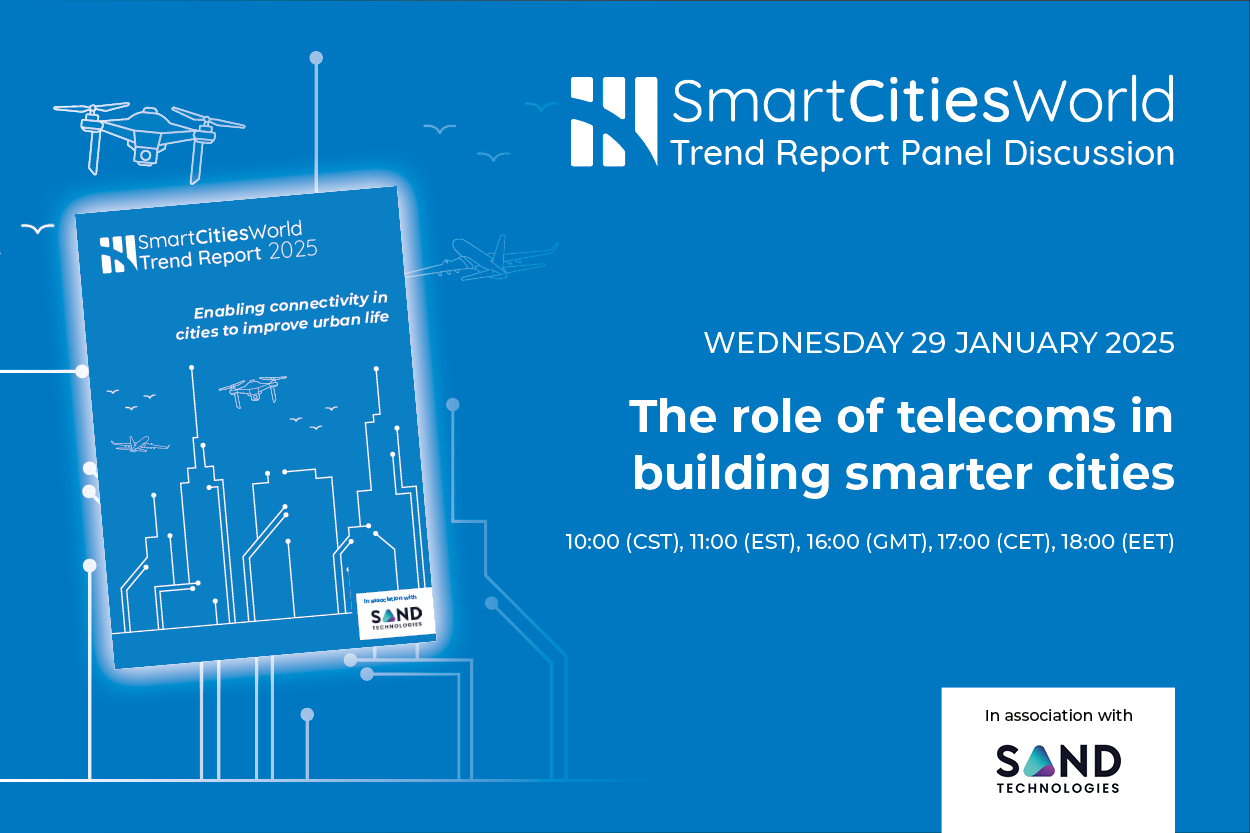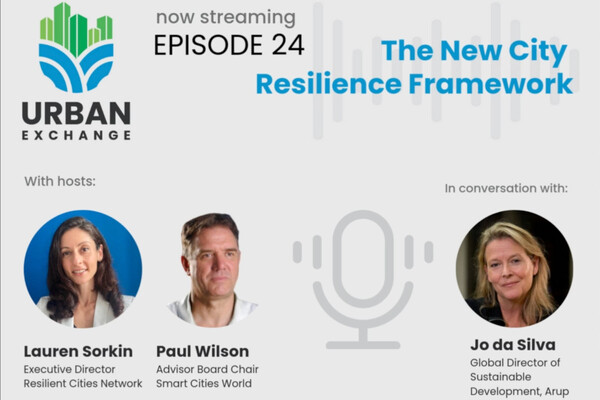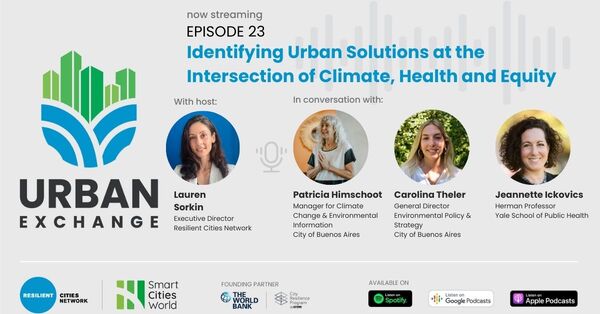Special Reports
SusHi Tech Tokyo 2024: experience ‘Tokyo 2050’ todaySponsored by The SusHi Tech Tokyo 2024 Showcase Program Executive Committee
Why megacities must put people first
The study surveyed 7,200 people across 15 cities in seven countries and focused on the four sets of needs: human, health, money and work

More than half of workers (57 per cent) expect large businesses to take a lead in making cities more attractive, working alongside local and national governments in public-private partnerships, according to a report by global consultancy firm, Mercer.
The report, People First: Driving Growth in Emerging Megacities, was conducted in 15 current and future megacities across seven countries, with 7,200 workers and 577 employers. The participating cities are: Brazil: Belo Horizonte, Curitiba; China: Chengdu, Hangzhou, Nanjing, Qingdao; India: Ahmedabad, Chennai, Hyderabad, Kolkata; Kenya: Nairobi; Mexico: Guadalajara, Monterrey; Morocco: Casablanca; and Nigeria: Lagos.
Cities are creating tensions
It revealed that employers misunderstand what what motivates people to move to a city and stay there: human and social factors are actually more important than money and work factors. It also found that cities are not performing well, creating tensions between what people value and a city’s ability to deliver accordingly.
The focus of the study is to understand the under-examined yet highly critical human and social factors contributing to how cities function and prosper and what motivates people to move to, stay within or leave a particular city or employer. Its four areas of focus are human, health, money and work.
“We found a 30+ point gap between workers’ quality of life expectations and how a city is meeting them,” said Mercer, which has grouped 15 cities into three categories based on three factors: advanced, progressing and approaching. “In the aggregate, these on-the-rise cities have the potential to leapfrog today’s overpopulated or resource-constrained capitals and to learn from their mistakes.
“No single entity can solve systemic problems, making public-private partnerships crucial to address macro issues and gaps, such as in infrastructure, safety and housing, and to overcome challenges before they become exacerbated. Public-private partnerships are essential for cities, businesses and people to succeed.”
Significantly, most workers believe their cities are underperforming and the report found that the biggest tension between worker expectations and city performance is in safety and infrastructure. “Pollution, personal stress, affordable housing, transportation mobility, safety and security have major gaps and room for vast improvement in meeting workers’ needs and expectations. These are very real factors that affect how people feel about the cities where they live and work.”
“These on-the-rise cities have the potential to leapfrog today’s overpopulated or resource-constrained capitals and to learn from their mistakes”
There are some factors that are specific to certain countries with pollution being higher in India, and the gaps in security and safety are much higher in countries like Brazil, Mexico and Morocco. Gaps in affordable housing and income are higher in China.
The three categories of cities
Based on a city’s current performance against each of the four factors of human, health, money and work. Mercer has grouped them into three stages of progress and how a city measures up against workers’ expectations: advanced (Ahmedabad, Chengdu, Chennai, Guadalajara, Hangzhou, Hyderabad, Monterrey, Nanjing and Qingdao); progressing (Belo Horizonte, Casablanca, Curitiba and Kolkata; and approaching (Lagos, Nairobi).
Advanced cities score well in all four sets of factors with a small to medium gap between workers’ expectations and the city’s performance. Life satisfaction is high or very high and stress is at low to medium levels.
Cities that are progressing have a midsize gap between expectations and performance. These cities have a high rating for human factors yet rank slightly lower for work- and money-related factors. Health factors rate the lowest among the four sets of factors in these cities.
Half of the workers in these cities describe their life satisfaction as high. Stress is higher in this group at medium to high levels. Rankings for approaching cities are low across all four dimensions, creating the biggest gap in expectations versus performance and the lowest general life satisfaction among the three groups. At medium to high, stress levels are the same as those in the progressing cities.
The report also highlights that each city has a different balance of personas, so employers need to understand the make-up of their market. It found many ‘confident achievers’ in India and Mexico; a multitude of ‘business owners’ and skilled tradespeople’ in Nairobi, Lagos and Casablanca, as well as in Brazil; and a higher proportion of ‘professional families’ in China.
Mercer concluded that employers and cities need to focus on four key imperatives if they are to attract people:
- Listen, focus and put people first
- Think holistically and customise meaningful offerings
- Prioritise humans not robots for a competitive advantage
- Forge public-private partnerships for all to succeed.
The full report can be downloaded here
You might also like:
Making our cities more liveable
A report by McKinsey finds that smart city applications have the power to reduce fatalities, and lower the burden of disease as well as achieve other positive outcomes
Smart cities are about people
The Global Future Cities Alliance believes many analogue and wired cities exist today but fewer digital ones and even fewer smart ones
Smart cities: Are we asking the wrong questions
In the rush for smart cities, are we starting with the wrong questions? Amy Barker and Miguel Lira, Urban Control, suggest a different approach

















